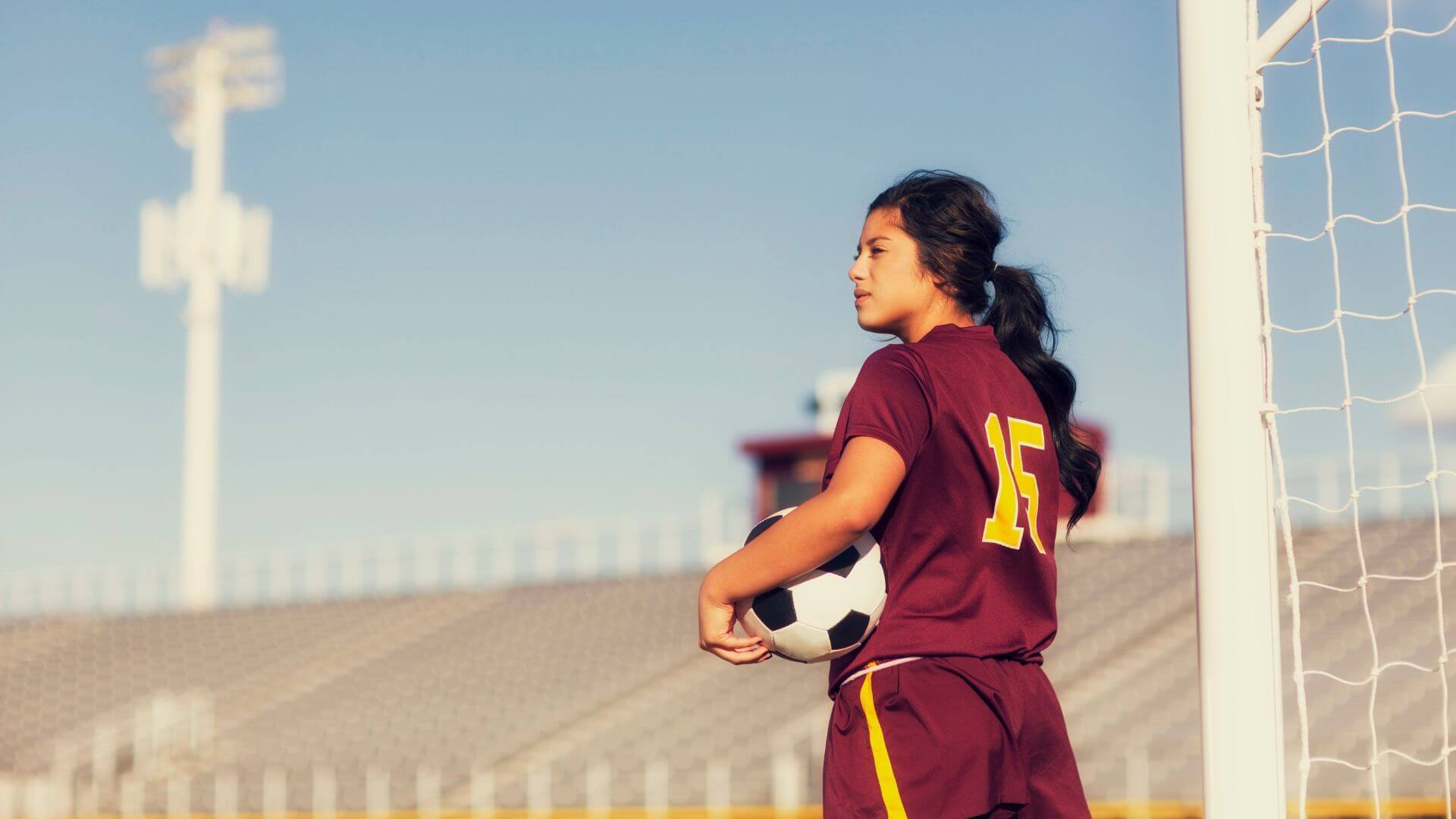Turf Soccer Fields: Unmasking the Hidden Toxicity
Soccer is one of the most beloved sports worldwide, with millions of players and fans. The beautiful game has evolved over the years, not only in terms of gameplay but also regarding the venues where it’s played. Traditional grass fields have given way to synthetic turf soccer fields, which offer several advantages. However, there is growing concern about the potential toxicity of these artificial playing surfaces.
Turf fields have become increasingly popular due to their durability and all-weather usability. They offer consistent playing conditions, reduced maintenance costs, and the ability to accommodate multiple sports. These factors make them a preferred choice for schools, clubs, and communities. But beneath the lush, green appearance, there’s a hidden concern–the toxicity of the materials used in synthetic turf.
The primary concern regarding turf soccer fields lies in the infill material. The typical infill consists of tiny rubber pellets made from recycled tires. These rubber crumbs serve several purposes, including providing cushioning for players, improving traction, and maintaining the field’s stability. But, these rubber infills have come under scrutiny for their potential health risks.
One of the major concerns is the release of volatile organic compounds (VOCs) from the rubber infill. In hot weather, these VOCs can be emitted, potentially exposing players to harmful chemicals. While the levels are typically low and not considered an immediate danger, long-term exposure to VOCs can have health implications, especially for children who play on these fields regularly.
Another worry associated with turf soccer fields is the potential exposure to lead. Some older synthetic fields used lead-based pigments in the turf’s coloring. Although the use of lead-based pigments is now banned, concerns persist about older fields and the possibility of lead leaching into the environment. It’s essential to ensure that any older turf fields are regularly tested and maintained to prevent lead exposure.
“The thermodynamics of the turf in winter and summer conditions accelerates the breakdown of the synthetic grass fibers and rubber crumb into dust particles, which easily can be inhaled or ingested by children. This is likely to produce respiratory and dermatological health risks in children.” From synturf.org
In addition to the health concerns, there’s also an environmental aspect to consider. The disposal of synthetic turf poses an environmental challenge due to its non-biodegradable nature. When these fields reach the end of their lifespan, they become a source of plastic waste, adding to the global pollution problem. Finding sustainable alternatives or recycling methods for used turf is a pressing issue that needs to be addressed.
There is a need to bring awareness to the truths of rubber turf. One resource that brings awareness to all of the risks says, “Synthetic turf contains unsafe levels of lead, mercury, cadmium, and other known carcinogens. And despite claims to the contrary, synthetic turf is not environmentally friendly.”
To address these concerns, it’s crucial to take steps to minimize the potential toxicity of turf soccer fields. Here are some measures that can be taken:
- Regular Testing: Regular testing of the rubber infill for VOCs and lead levels is essential. This helps in identifying potential risks and taking necessary actions.
- Proper Maintenance: Adequate maintenance, such as regular cleaning and grooming, can help reduce the release of VOCs and maintain the field’s performance.
- Safer Alternatives: Investigate and invest in safer infill materials. Some fields use alternatives to rubber, like cork or coconut fiber, which can reduce health and environmental concerns.
- Sustainability: Promote sustainability in the manufacturing and disposal of turf materials. Encourage the recycling of old turf fields and explore biodegradable alternatives.
- Educate Players and Coaches: Raise awareness among players, coaches, and parents about the potential risks associated with synthetic turf fields and encourage safe practices.
What does all of this mean? While synthetic turf soccer fields offer numerous advantages, including all-weather usability and lower maintenance costs, the potential toxicity associated with these fields cannot be ignored. It’s essential to take a proactive approach to addressing these concerns through regular testing, safer infill materials, sustainable practices, and education. By doing so, we can enjoy the beautiful game on artificial turf without compromising our health and the environment.
Featured image via Unsplash
_
GIRLS SOCCER NETWORK: YOUR SOURCE FOR GIRLS SOCCER NEWS











